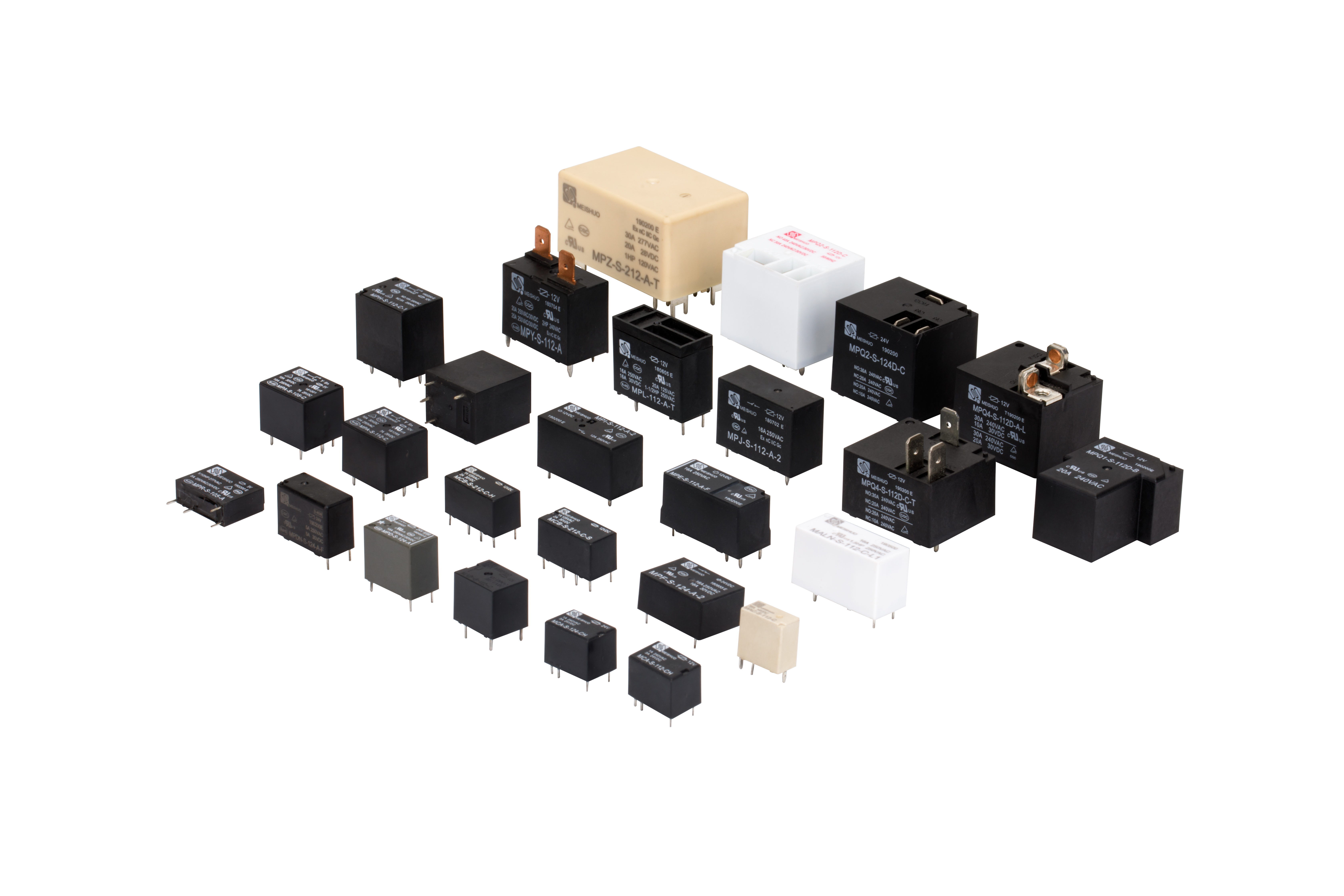understanding relay functions: a key component in electrical systems
Release time:2025-03-23 03:11:32
Relay functions play a vital role in modern electrical and automation systems, enabling the safe and efficient operation of a wide range of equipment and machinery. These devices act as electrical switches that open and close circuits, helping to control the flow of electricity and protect systems from faults. In this article, we will delve into what relay functions are, how they work, and why they are so crucial in various applications.

What Are Relay Functions?
At their core, a relay is an electrical switch that opens or closes a circuit in response to a signal. The primary function of a relay is to control the flow of electrical current through a circuit by using a low-power signal to activate a high-power circuit. Essentially, a relay allows a small control signal to manage a larger power circuit, making them essential components in automation and electrical protection systems.
Relays are designed to respond to specific conditions, such as changes in voltage, temperature, or current. The type of relay and its functions vary depending on the system's needs, but they all share the common goal of protecting circuits, isolating control systems from high-power circuits, and enabling complex automation processes.

